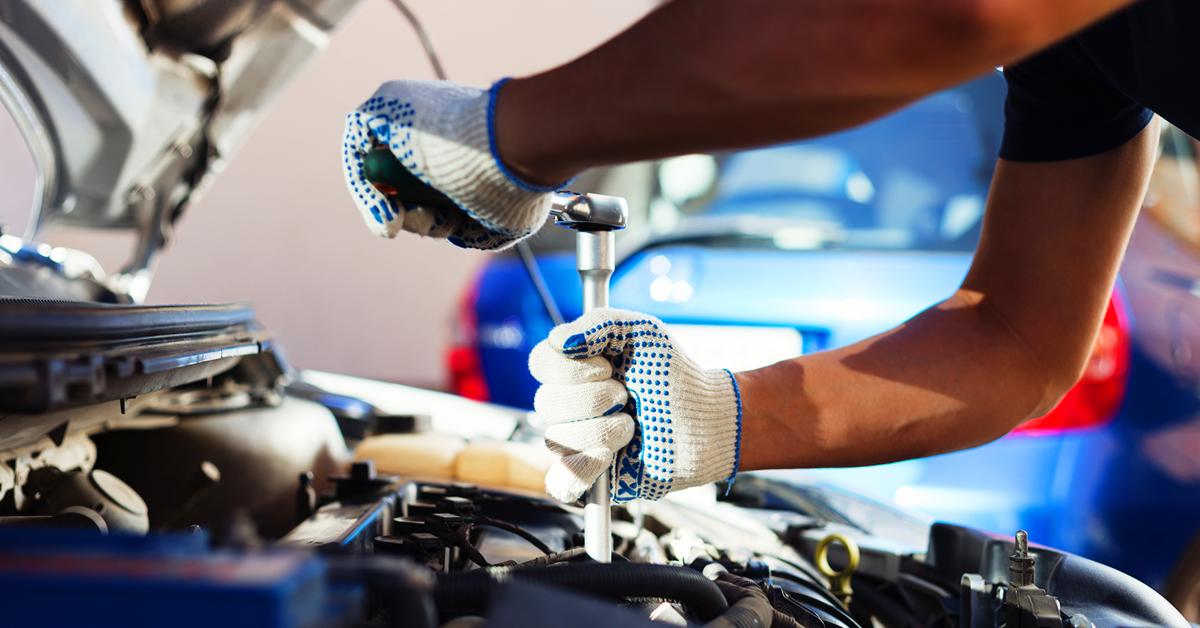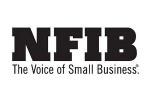CHICAGO — Consumer Price Index (CPI) increases are near the highest levels they have been in nearly 40 years, and this is causing rising supply prices that today’s professionals have not seen in their careers. For dry cleaners with large pickup and delivery fleets, this means that maintenance and repair (M&R) budgets, lease structures and other items need to be re=examined and explored.
In Part 1 of this series, we examined how CPI can impact M&R, and how knowing your lease structure is an important part of keeping costs down. Today, we’ll conclude by taking a look at the importance of being able to break down your M&R costs to better plan for the future.
Why It’s Important to Itemize M&R Costs
When we look at the pressures fleet professionals have to deal with, they also have the internal pressures of explaining to their leadership. The fleet professional speaks for each individual cost center buckets — truck procurement, fuel, financing costs, M&R, etc. It becomes very difficult to pinpoint precisely where rising CPI is having the most significant impact on the bottom line. However, when fleet personnel have each cost center unbundled and broken out individually, they can go line item by line item and review efficiencies in each bucket — how are rising costs affecting our scheduled maintenance, preventative maintenance, tire and brakes replacement, etc.?
In many of these lease agreements, fleets have maintenance included and additional time and materials on top. Therefore, they’re seeing the CPI increase in general and in parts that can be anywhere from 15 to 30% on the individual items. Parts availability and supply chain shortages further complicate this.
So, if a fleet typically has an expected downtime of 8% to 10%, they've seen their parts costs increase and their labor increase when they're tied to a full-service agreement and the CPI increase. With an unbundled agreement, these fleets aren’t tied to any one parts supplier in particular, freeing up the fleet organization to shop around for the best price and availability.
A plan and additional line-item visibility can make all the difference in the world in front of the leadership team. Fleet personnel should be able to address leadership and say, “Here's what we foresee happening; this is why maintenance is rising in relation to the rising CPI; this is why our tire cost is rising; this is why our fuel cost is rising; and here's what we plan to do about it. We're going to unbundle our leases and separate these payments to try to drive some efficiency and fuel/M&R sections. We're going to go back and look at our programs tied to CPI and see if we should renegotiate, and we'll look at different approaches to maintenance.”
With this visibility, you can instill much-needed confidence in leadership despite the rising CPI rates and equipment supply challenges.
What’s more pressing for fleets locked in a full-service lease is the notion that few economists see the CPI rate declining significantly in the near future. Continued supply chain issues in the foreseeable future are expected to keep pressure on the cost of goods — trucks and vans included — and this means these fleets won’t see any relief to their profits anytime soon.
While they are locked in their current lease agreements, they would be wise to re-evaluate their longer-term vehicle acquisition strategies and begin planning for the right time to convert to a more flexible, bottom-line-friendly unbundled lease structure.
For Part 1 of this series, click HERE.
Have a question or comment? E-mail our editor Dave Davis at [email protected].























